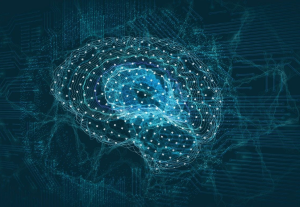- Accessibility, Artificial Intelligence, Behavioral Science, Customer Experience, Design, Design Theory, Remote Research, Research Methods and Techniques, Research Tools and Software, Technology, Usability, UX Education, UX Magazine
With ML facing so many users, there is a case to approach the conception and design of ML-powered applications from a UX research perspective. Read more to find out.
Article by Celine Lenoble
How Can User Experience Research (UXR) Help Build Users Trust in AI Systems and Increase Engagement?
- The article covers the conception and design of ML-powered applications from a UX research perspective.
- The author unpacks the following ideas:
- Machine Learning and Real Users
- Machine Learning and The Theory of Machine
- Mental Models and User Engagement with Machine Learning Apps
Share:How Can User Experience Research (UXR) Help Build Users Trust in AI Systems and Increase Engagement?
Share this link
- September 21, 2022
4 min read







